Oct 15, 2021 | audio, networking, trends, video
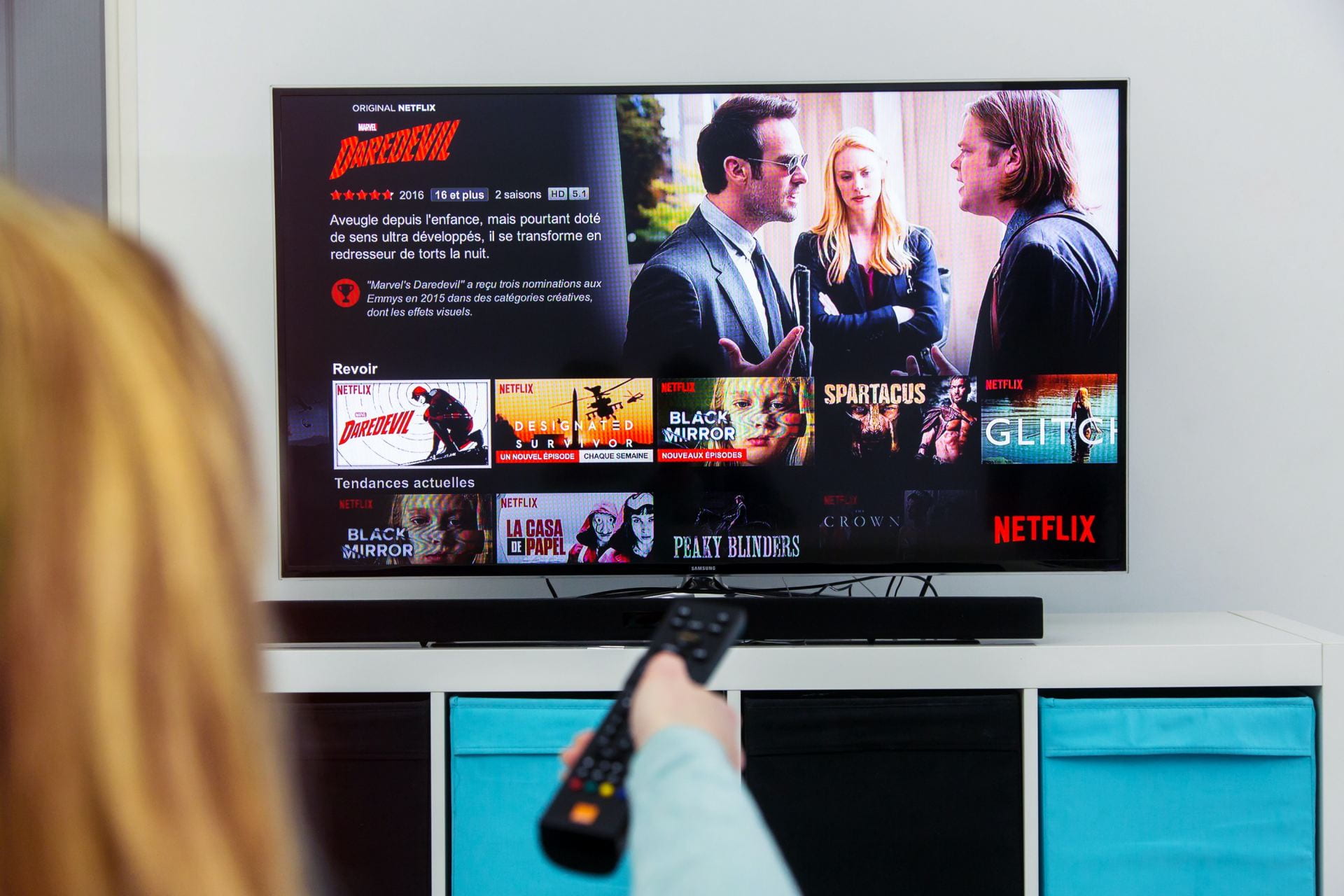
The possibilities of streaming have inspired a new “classificatory imagination”. I coined this term to describe how viewing the world through genres, labels and categories helps shape our own identities and sense of place in the world.
While 50 years ago, you might have discovered a handful of music genres through friends or by going to the record shop, the advent of streaming has brought classification and genre to our media consumption on a grand scale. Spotify alone has over five thousand music genres. Listeners also come up with their own genre labels when creating playlists. We are constantly fed new labels and categories as we consume music, films and television.
Source: How Netflix affects what we watch and who we are — and it’s not just the algorithm
Oct 15, 2021 | networking
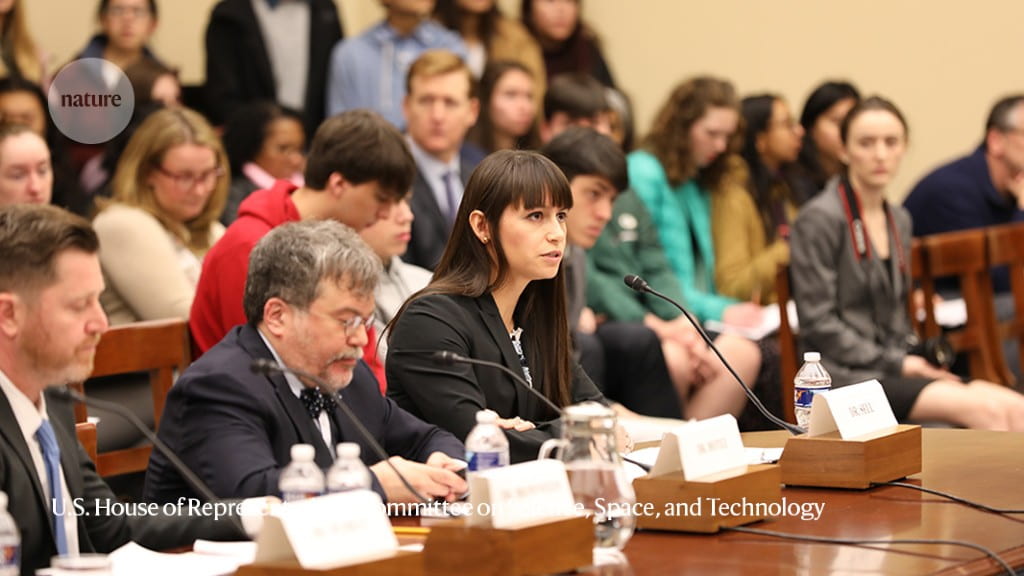 Dozens of researchers tell Nature they have received death threats, or threats of physical or sexual violence.
Dozens of researchers tell Nature they have received death threats, or threats of physical or sexual violence.
Source: ‘I hope you die’: how the COVID pandemic unleashed attacks on scientists
Oct 13, 2021 | audio, networking, trends

“Podcasting has always been this sort of one-way street,” says Mike Mignano, head of creation platform at Spotify. “A creator publishes content; the audience listens; that’s it.”
Now, however, interactive elements are making their way into the space. Spotify is giving all its Anchor creators the ability to make polls and Q&As and is testing interactive ads. Other apps, like Facebook, are trying things as simple as just allowing listeners to leave comments — a mainstay YouTube feature — while podcasting apps in China already allow listeners to build “listening circles” and “discussion groups.”
Source: The next big thing in podcasts is talking back
Oct 13, 2021 | justice & equality, networking
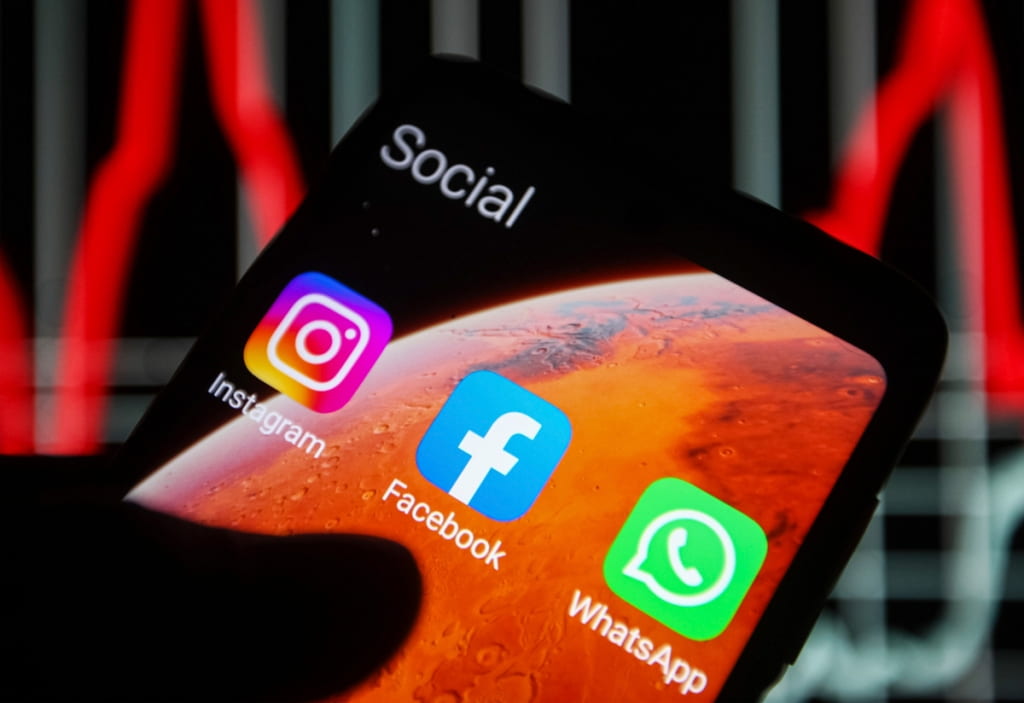 I am a queer feminist artist who is active on Instagram, and weary of struggling with being censored there. Many of my peers depend on Instagram for their livelihood. Many use it for community-building, which can also be life-sustaining. Like many queer, feminist, trans, POC, fat, disabled, and sex worker artists, I use Instagram in constructive ways, but struggle with the platform’s constant censorship of my work. From the perspective of algorithms and content moderators, the bodies I depict in my paintings are legible only as “inappropriate”—read: pornographic. These bodies do not feed the capitalist machine of essentialized “female” bodies as consumable—as selling agents. They are queer, trans, old, fat, disabled, multiracial, and often female-identified. They have breasts that sag, nipples that tell stories, asymmetrical parts, arms that are wrinkled, scars from surgeries and body modification, synthetic hormones that make it all unreadable to the gender binary-entrenched system.
I am a queer feminist artist who is active on Instagram, and weary of struggling with being censored there. Many of my peers depend on Instagram for their livelihood. Many use it for community-building, which can also be life-sustaining. Like many queer, feminist, trans, POC, fat, disabled, and sex worker artists, I use Instagram in constructive ways, but struggle with the platform’s constant censorship of my work. From the perspective of algorithms and content moderators, the bodies I depict in my paintings are legible only as “inappropriate”—read: pornographic. These bodies do not feed the capitalist machine of essentialized “female” bodies as consumable—as selling agents. They are queer, trans, old, fat, disabled, multiracial, and often female-identified. They have breasts that sag, nipples that tell stories, asymmetrical parts, arms that are wrinkled, scars from surgeries and body modification, synthetic hormones that make it all unreadable to the gender binary-entrenched system.
Source: Opinion: The Real Problem with Instagram
Oct 12, 2021 | networking, trends

But even if you don’t use Slack, or something like it, you live and work in the world Slack helped create. It’s a world where openness and transparency are prized; where work is something we are always kind of doing; where who we are at the office and who we are outside it are closer than ever before; where all of these dynamics mean that sometimes things go very wrong, especially for people in power.
Source: Slackers of the World, Unite!
Oct 12, 2021 | justice & equality, mobile, networking, trends
 A failure to ensure women have equal access to the internet has cost low-income countries $1tn (£730bn) over the past decade and could mean an additional loss of $500bn by 2025 if governments don’t take action, according to new research .
A failure to ensure women have equal access to the internet has cost low-income countries $1tn (£730bn) over the past decade and could mean an additional loss of $500bn by 2025 if governments don’t take action, according to new research .
Source: Digital gender gap: men 50% more likely to be online in some countries – report
Oct 12, 2021 | mobile, networking, trends

Prior to the coronavirus pandemic, the business model of food-delivery apps went largely unconsidered by the diners who relied on them for midday kale salads and late-night taco feasts. Platforms such as Uber Eats, DoorDash, and Grubhub often charged restaurants commissions of up to thirty per cent per order, and they were evasive about how (and how much) their couriers were compensated. But for most restaurants delivery comprised only a fraction of total sales. Then the covid-19 pandemic turned virtually all restaurants into takeout-and-delivery-only businesses, and the brutal economics of the delivery apps became a matter of life-or-death urgency, for both the restaurants selling food and the couriers delivering it.
Source: The Fight to Rein in Delivery Apps
Oct 11, 2021 | games & graphics, mobile, networking, trends

Live sports and gambling have a long co-dependent relationship, which is expanding beyond casinos to over-the-top video. The new field of dreams for incremental billions in revenue began in 2018 after the U.S. Supreme Court struck down the federal anti-sports-gambling law.
Source: Streaming Video Betting Big on Legalized Sports Gambling
Oct 10, 2021 | algo, audio, networking

Machines have long excelled at activities involving consistent reproduction of a fixed object – think identical Toyotas being mass-produced in a factory. More improvised activities are less rule-based, more fluid, chaotic or reactive, and are more process-oriented. AI has been making significant strides in this area.
Source: Why improvisation is the future in an AI-dominated world
Oct 10, 2021 | justice & equality, networking

Average investors were not able to get in on the last decade’s start-up boom in private markets. Once that seemed unfair. Now it looks lucky.
Source: Lifestyles of the Rich and Gullible: Theranos and Ozy Edition
Oct 9, 2021 | algo, networking, trends
 I visited the first Ghost Kitchens restaurant in a New York Walmart. Ghost kitchen companies have exploded over the last year and a half as delivery grew. Virtual restaurants cut down on labor and real estate costs, making them appealing to owners.
I visited the first Ghost Kitchens restaurant in a New York Walmart. Ghost kitchen companies have exploded over the last year and a half as delivery grew. Virtual restaurants cut down on labor and real estate costs, making them appealing to owners.
Source: I ordered food from 5 different brands in a stark white room inside a suburban Walmart and I’m convinced it’s probably the future of fast food
Oct 8, 2021 | games & graphics, justice & equality, networking

Twitch has been widely criticized for an ongoing scandal involving “hate raids” aimed mostly at its BIPOC and LGBTQIA+ users. These attacks are carried out by bots programmed to spam streamers’ chats with offensive messages. The conditions became so bad that Twitch users started a campaign — #TwitchDoBetter — to push for change, and at one point arranged a digital “protest” where streamers boycotted the platform in solidarity with hate raid victims.
Source: Lesbian gamers say Twitch is failing them
Oct 8, 2021 | justice & equality, networking
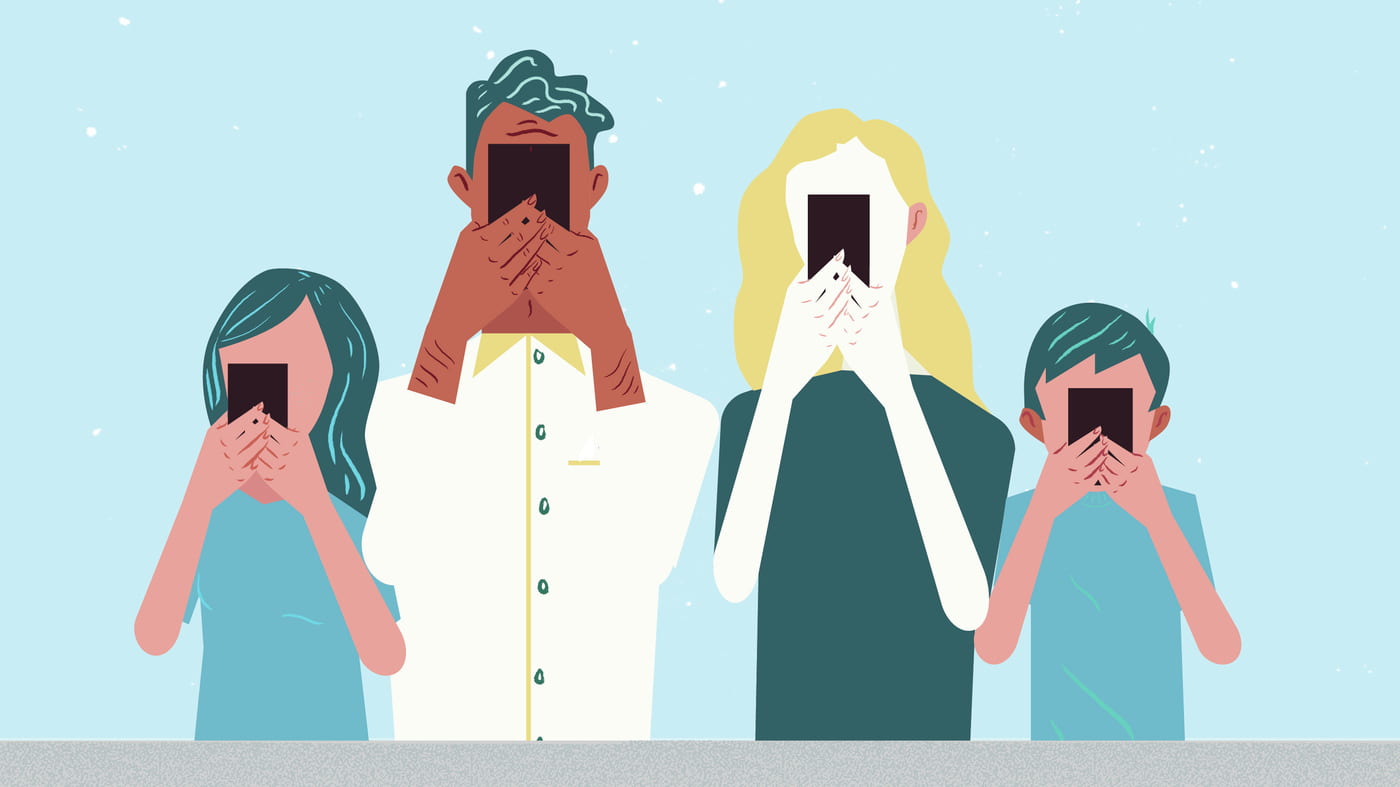
Researchers have worked for decades to tease out the relationship between teen media use and mental health. Although there is debate, they tend to agree that the evidence we’ve seen so far is complex, contradictory and ultimately inconclusive. That is equally true of Facebook’s internal marketing data, leaked by Haugen, as it is of the validated studies on the topic.
Source: Facebook’s own data is not as conclusive as you think about teens and mental health
Oct 5, 2021 | algo, justice & equality, networking
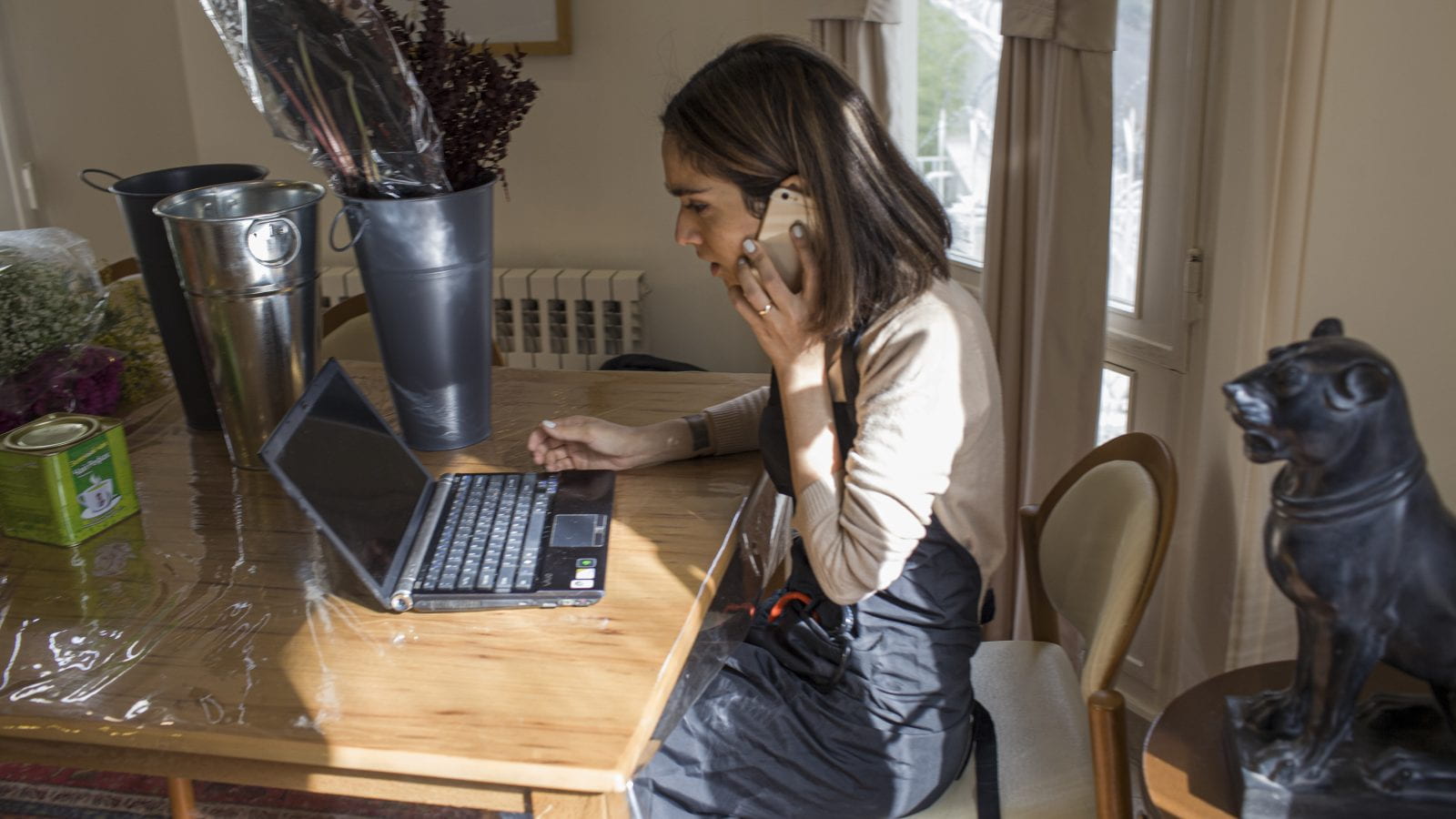 Estherina Bewintara, a 29-year-old mother and designer in Jakarta, normally processes orders for her online furniture shop once her baby is asleep, typically between 10 p.m. and 3 a.m. But on Monday night, as she was coordinating a stock update over a WhatsApp call, she noticed something was wrong.
Estherina Bewintara, a 29-year-old mother and designer in Jakarta, normally processes orders for her online furniture shop once her baby is asleep, typically between 10 p.m. and 3 a.m. But on Monday night, as she was coordinating a stock update over a WhatsApp call, she noticed something was wrong.
Source: How the Facebook outage crippled businesses and communication around the world
Oct 5, 2021 | mobile, networking
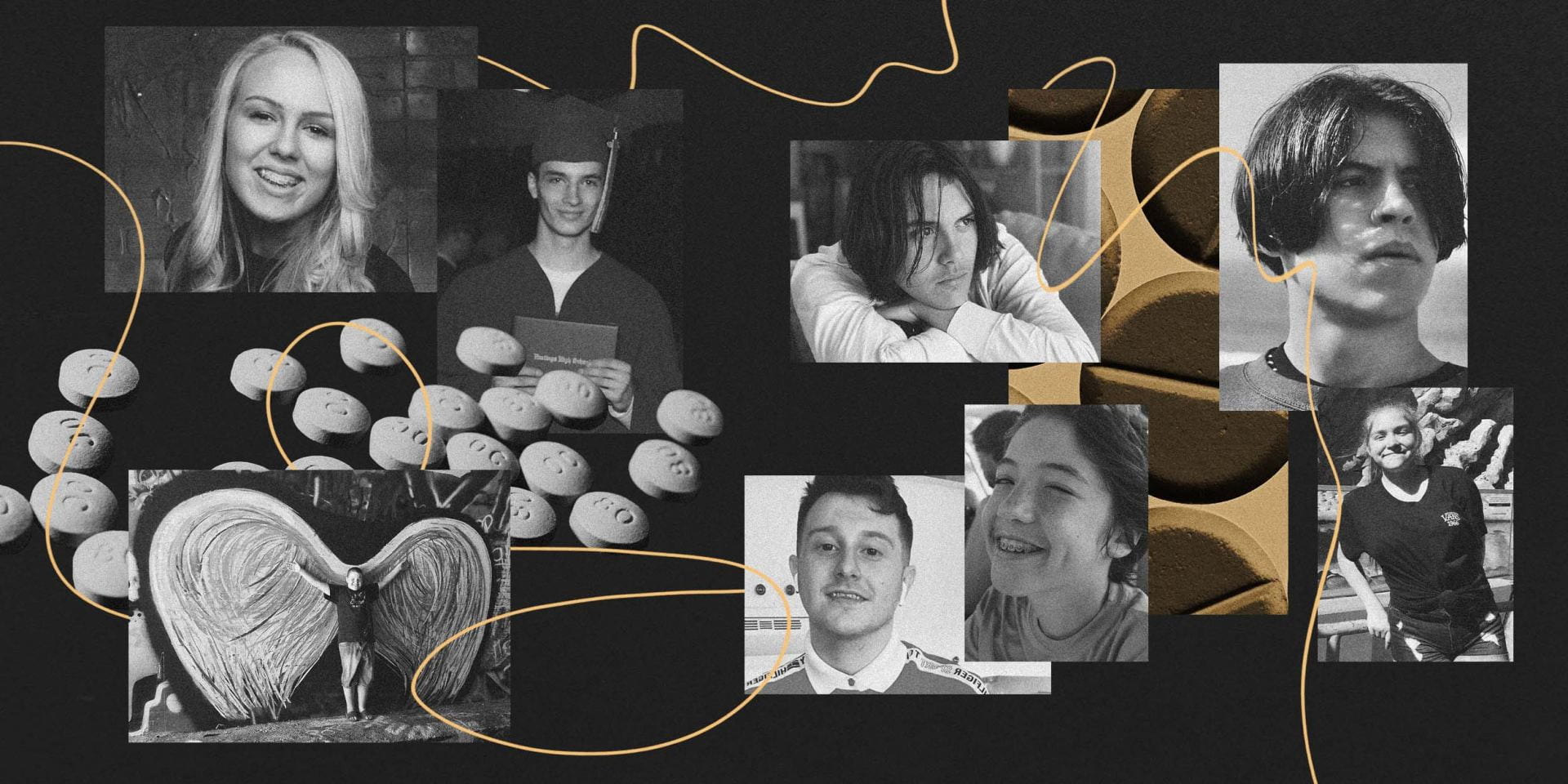
Many of those pills are being traded openly via social media, particularly on Snapchat, the most popular app among U.S. teens. Snapchat has been linked to the sale of fentanyl-laced counterfeit pills that have caused the deaths of teens and young adults in at least 15 states, according to The Partnership for Safe Medicines, a nonprofit public health group. NBC News independently confirmed deaths in 14 of the 15 states and identified five additional states not included in the research.
Source: When one pill kills
Oct 5, 2021 | algo, networking, trends

Too much has been lost already. The glue that holds humanity’s knowledge together is coming undone.
Source: The Internet Is Rotting
Oct 5, 2021 | justice & equality, networking

Police struggle to catch online fraudsters, often operating from overseas, but now a new breed of amateurs are taking matters into their own hands
Source: Who scams the scammers? Meet the scambaiters
Oct 4, 2021 | justice & equality, networking
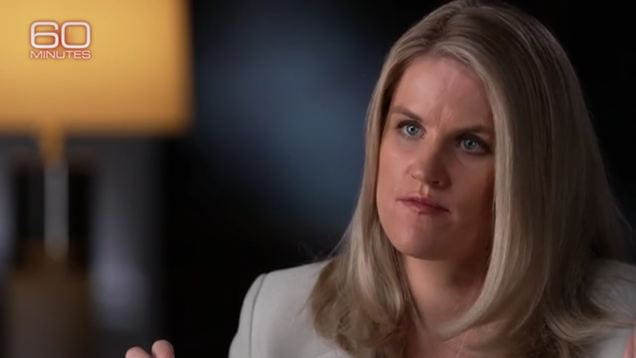
Facebook’s algorithm intentionally shows users things to make them angry.
Source: 9 Horrifying Facts From the Facebook Whistleblower’s New 60 Minutes Interview
Oct 4, 2021 | mobile, networking
 TikTok is having a very good week, it seems. It started with a Reuters story saying the social video platform has passed the 1 billion user mark in a shockingly short time. Next came the Bytedance property’s hosting its own event, TikTok World, at which it announced several new innovations to attract advertisers , creators and influencers.
TikTok is having a very good week, it seems. It started with a Reuters story saying the social video platform has passed the 1 billion user mark in a shockingly short time. Next came the Bytedance property’s hosting its own event, TikTok World, at which it announced several new innovations to attract advertisers , creators and influencers.
Source: TikTok’s latest good news: its ads are sticky and effective, and rich people spend a lot of time there
Sep 29, 2021 | audio, networking, trends
TikTok’s Americancore meme critiques cultural appropriation by exoticizing the familiar. Who has the last laugh?
Source: America as an Internet Aesthetic

 Dozens of researchers tell Nature they have received death threats, or threats of physical or sexual violence.
Dozens of researchers tell Nature they have received death threats, or threats of physical or sexual violence.
 I am a queer feminist artist who is active on Instagram, and weary of struggling with being censored there. Many of my peers depend on Instagram for their livelihood. Many use it for community-building, which can also be life-sustaining. Like many queer, feminist, trans, POC, fat, disabled, and sex worker artists, I use Instagram in constructive ways, but struggle with the platform’s constant censorship of my work. From the perspective of algorithms and content moderators, the bodies I depict in my paintings are legible only as “inappropriate”—read: pornographic. These bodies do not feed the capitalist machine of essentialized “female” bodies as consumable—as selling agents. They are queer, trans, old, fat, disabled, multiracial, and often female-identified. They have breasts that sag, nipples that tell stories, asymmetrical parts, arms that are wrinkled, scars from surgeries and body modification, synthetic hormones that make it all unreadable to the gender binary-entrenched system.
I am a queer feminist artist who is active on Instagram, and weary of struggling with being censored there. Many of my peers depend on Instagram for their livelihood. Many use it for community-building, which can also be life-sustaining. Like many queer, feminist, trans, POC, fat, disabled, and sex worker artists, I use Instagram in constructive ways, but struggle with the platform’s constant censorship of my work. From the perspective of algorithms and content moderators, the bodies I depict in my paintings are legible only as “inappropriate”—read: pornographic. These bodies do not feed the capitalist machine of essentialized “female” bodies as consumable—as selling agents. They are queer, trans, old, fat, disabled, multiracial, and often female-identified. They have breasts that sag, nipples that tell stories, asymmetrical parts, arms that are wrinkled, scars from surgeries and body modification, synthetic hormones that make it all unreadable to the gender binary-entrenched system.
 A failure to ensure women have equal access to the internet has cost low-income countries $1tn (£730bn) over the past decade and could mean an additional loss of $500bn by 2025 if governments don’t take action, according to new research .
A failure to ensure women have equal access to the internet has cost low-income countries $1tn (£730bn) over the past decade and could mean an additional loss of $500bn by 2025 if governments don’t take action, according to new research .





 Estherina Bewintara, a 29-year-old mother and designer in Jakarta, normally processes orders for her online furniture shop once her baby is asleep, typically between 10 p.m. and 3 a.m. But on Monday night, as she was coordinating a stock update over a WhatsApp call, she noticed something was wrong.
Estherina Bewintara, a 29-year-old mother and designer in Jakarta, normally processes orders for her online furniture shop once her baby is asleep, typically between 10 p.m. and 3 a.m. But on Monday night, as she was coordinating a stock update over a WhatsApp call, she noticed something was wrong. 



 TikTok is having a very good week, it seems. It started with a Reuters story saying the social video platform has passed the 1 billion user mark in a shockingly short time. Next came the Bytedance property’s hosting its own event, TikTok World, at which it announced several new innovations to attract advertisers , creators and influencers.
TikTok is having a very good week, it seems. It started with a Reuters story saying the social video platform has passed the 1 billion user mark in a shockingly short time. Next came the Bytedance property’s hosting its own event, TikTok World, at which it announced several new innovations to attract advertisers , creators and influencers.